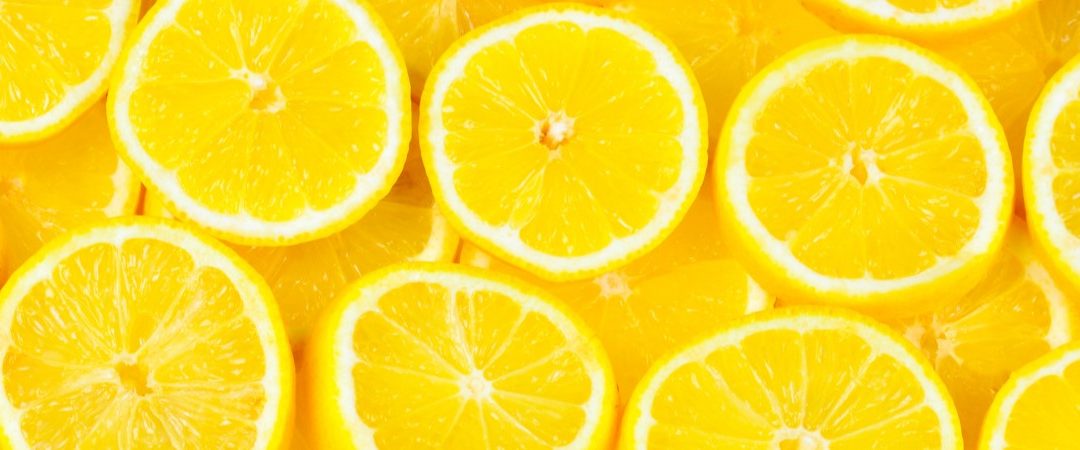What is Yellow?
The color yellow is often associated with happiness, sunshine, and warmth. In fact, studies have shown that the color yellow can increase feelings of happiness and optimism. Yellow is also known to stimulate the mind and help boost concentration levels. For these reasons, yellow is often used in classrooms and offices. In addition to its psychological effects, yellow is also the color of gold and other precious metals. As a result, it is often seen as a color of wealth and prosperity. Yellow can also be used to create a sense of urgency or to grab attention. Often used in advertising, the color yellow is designed to capture the viewer’s attention and stand out from the surrounding colors. Whether it is used to boost moods or grab attention, yellow is a powerful color with a wide range of effects.

Yellow Light
When it comes to light, yellow is a color that is associated with warmth and energy. Yellow light is thought to stimulatemood and increase concentration. Some studies have even shown that yellow light can help to reduce anxiety levels. For these reasons, yellow light is often used in settings where people need to be alert and focused, such as offices and classrooms. At the same time, yellow light is also known to be helps people relax, making it a popular choice for bedrooms and living rooms. Whether you’re looking to boost your mood or create a calming atmosphere, yellow light can be a great option.
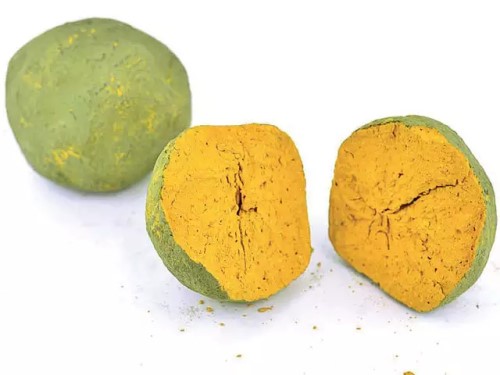
Yellow Pigment
The color yellow is produced by the presence of a pigment called xanthophyll. This pigment is found in a variety of plants, including sunflowers, daffodils, and bananas. When light hits an object containing xanthophyll, the pigment absorbs some of the blue and green wavelengths of light, reflecting back only the yellow wavelength. The amount of xanthophyll present in a plant can vary, which explains why some yellow flowers are brighter than others. In addition to its role in producing color, xanthophyll is also an important antioxidant that helps to protect plants from damage caused by ultraviolet light. As a result, this pigment plays an important role in the health and appearance of many plant species.

Where did the word yellow come from?
The Old English word gelow was derived from the Proto-Germanic word gelwaz, which meant “to shine or glow.” Gelwaz is also the root of the words gold and yellow, as well as the modern German word gelb. It’s believed that gelow originally referred to the color of ripe wheat, before eventually becoming associated with all things bright and cheerful. So next time you see a sunny yellow flower, remember that its color comes from a long history.
VALUES
Technical Information about the Color Yellow – #FFFF00
Yellow is one of the most recognizable colors on the visible spectrum. It’s a color that stands out, representing both warmth and happiness, but yellow is also incredibly diverse, coming in various shades and intensities. Technically speaking, yellow can be expressed with three numbers in the RGB (Red-Green-Blue) coding system. When combined with red and green in equal intensities (255-255-0), yellow appears its brightest and radiates an intense energy. On the other hand, when only yellow at a midrange value (128-128-0) is used, it takes on a subtle yet still noticeable hue that calms and reassures viewers. With RGB coding tools like Adobe Photoshop or Inkscape Vector Graphic Editor, yellow can be adjusted to any desired level and mixed with complementary colors to produce interesting visual effects.
All Color Value Conversions
| VALUE | CSS | |
|---|---|---|
| HEX VALUES | ffff00 | #ffff00 |
| RGB DECIMALS | 255, 255, 0 | rgb(255,255,0) |
| RGB PERCENTAGES | 100, 100, 0 | rgb(100%, 100%, 0%) |
| CMYK | 0, 0, 100, 0 | |
| HSL | 60°, 100, 50 | hsl(60°, 100%, 50%) |
| HSV (OR HSB) | 60°, 100, 100 | |
| WEB SAFE VALUES | ffff00 | #ffff00 |
| CIE-LAB | 97.139, -21.554, 94.478 | |
| XYZ | 77.003, 92.783, 13.853 | |
| XYY | 0.419, 0.505, 92.783 | |
| CIE-LCH | 97.139, 96.905, 102.851 | |
| CIE-LUV | 97.139, 7.706, 106.787 | |
| HUNTER-LAB | 96.324, -21.054, 55.72 | |
| BINARY | 11111111, 11111111, 00000000 |
The Color Yellow in Nature
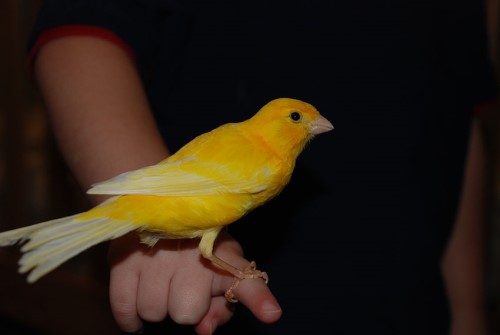
Yellow Animals
The color yellow is often associated with happiness and sunshine. It’s no wonder that so many animals are drawn to this cheerful hue. From bright canaries and yellow butterflies to cuddly kittens, yellow animals come in all shapes and sizes. But what is it about the color yellow that makes it so common in nature? One reason may be that yellow is a very visible color. This can be beneficial for animals that need to stand out in their environment. The color yellow is also thought to be associated with high levels of energy, which may explain why so many young animals are born with this cheerful coloration. Whether they’re trying to blend in or stand out, there’s no doubt that yellow animals are some of the most eye-catching creatures around.

Yellow Plants and Flowers
While there are countless species of yellow-flowering plants, some of the most popular include daffodils, jonquils, tulips, and lilies. All of these plants bring a touch of cheerfulness and brightness to any location. In addition to their visual appeal, yellow plants can also help to boost your mood and create a sense of wellbeing. So if you’re looking for a way to add a little extra happiness to your life, consider adding some yellow plants to your home.
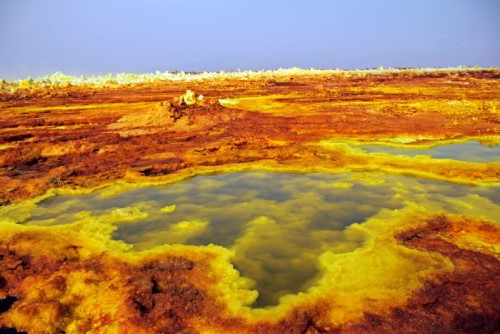
Yellow Minerals and Substances
The color yellow can be produced by a number of different minerals, and each yellow gemstone has its own unique properties. For example, citrine is a yellow gemstone that is said to promote creativity and self-expression. On the other hand, sulfur occurs as a yellow substance that is known for its reactive and explosive qualities. Whatever your preference, there is sure to be a yellow gemstone that is perfect for you.
The Color Yellow in World Cultures
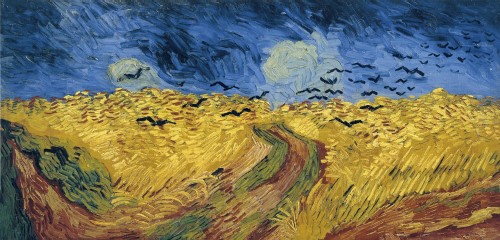
The Color Yellow in Europe
In Europe, the color yellow has a long and complex history. For centuries, it was associated with royalty and power, as it was the color of gold and precious stones. In the middle ages, yellow was also often used to represent cowardice or deceit, as illustrated by the infamous “yellow star” worn by Judas in many Renaissance paintings. More recently, yellow has come to be seen as a cheerful and optimistic color, associated with sunshine and happiness. In fact, in many European countries, yellow is now the color most often associated with summertime. Whether viewed as a symbol of wealth or happiness, there is no denying that yellow is an important color in European culture.

The Color Yellow in Asia
In Asia, the color yellow has a wide range of connotations. In China, for example, the color is often associated with happiness and good fortune. Yellow is also the color of the Emperor’s robes, symbolizing his power and authority. In India, meanwhile, the color is linked to spirituality and enlightenment. The Buddhist tradition holds that Buddha’s skin was yellow, and many statues and paintings depict him as such. In Japan, yellow is often seen as a color of strength and courage. This is perhaps best exemplified by the fact that Japanese sumo wrestlers traditionally wear yellow belts. Thus, while the color yellow may have different meanings in different parts of Asia, it is clear that it is a color with a great deal of significance.

The Color Yellow in Latin America
In Latin America, the color yellow is often associated with happiness and sunshine. It is also seen as a color of hope and renewal. In many cultures, yellow is considered to be a color of wealth and prosperity. For example, in Mexico, yellow is often used in decorative art, such as painted walls and ceramics. In Peru, yellow is the color of joy and festivity, and is often used in traditional clothing and decorations. In Brazil, yellow is seen as a color of elegance and sophistication, as well as the main national color, along with green, shown on the Brasilian flag, and sports teams. Whether it is used to decorate homes or worn as a fashion statement, the color yellow always seems to bring a touch of optimism to Latin America.

The Color Yellow in the Middle East
In the Middle East, the color yellow is often associated with happiness and positive energy. It is also seen as a color of vitality and strength. Yellow is also the color of the sun, which is highly revered in many Middle Eastern cultures. In addition to all of these positive associations, yellow is sometimes considered to be a very unlucky color in the Middle East. It is said to be the color of misfortune and bad luck. Many people believe that wearing yellow can attract negative energy and bring about bad luck. For this reason, it is generally avoided by those who are superstitious. Despite all of these negative connotations, yellow is still a popular color in the Middle East. It is often used in traditional dress and decorative items. It is also a common color for weddings and other special occasions.
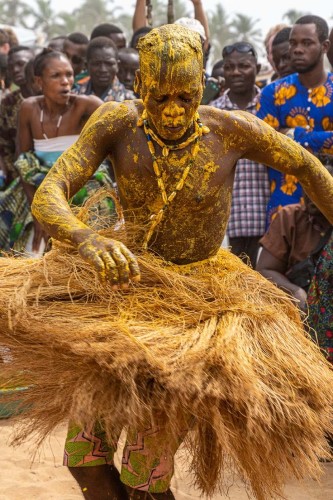
The Color Yellow in Africa
The color yellow is associated with happiness, healing, and new beginnings in many cultures around the world. In Africa, the color yellow holds a special significance. In some African cultures, yellow is considered to be a color of royalty and is often used in traditional clothing and ceremonial garb. Yellow is also seen as a color of sunlight and life, representing rebirth and hope. For many Africans, the color yellow represents the positive aspects of life that should be celebrated. In a continent that has faced its share of challenges, the color yellow serves as a reminder to always look on the bright side.
The Color Yellow in Religion and Psychology
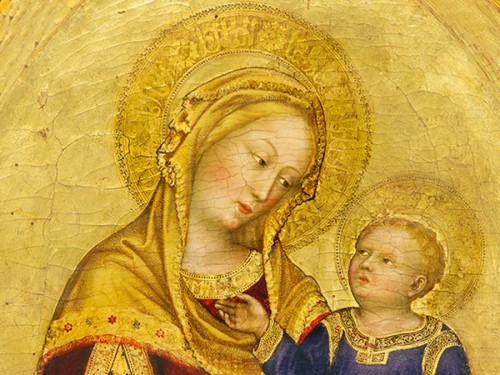
The Color Yellow in Christianity
The color yellow is often associated with happiness, sunshine, and warmth. In the Christian faith, yellow also has a number of important symbolism. For example, in the Bible, the color yellow is linked to gold, which is seen as a symbol of righteousness and purity. The color yellow is also associated with the Holy Spirit, which is said to descend upon believers in the form of tongues of fire. In addition, the color yellow is often used to represent hope and new beginnings. This is especially evident in Artworks such as Da Vinci’s “The Last Supper,” where Christ is shown surrounded by a glowing yellow aura. As such, the color yellow has a number of significant meaning within Christianity, making it an important part of the faith.
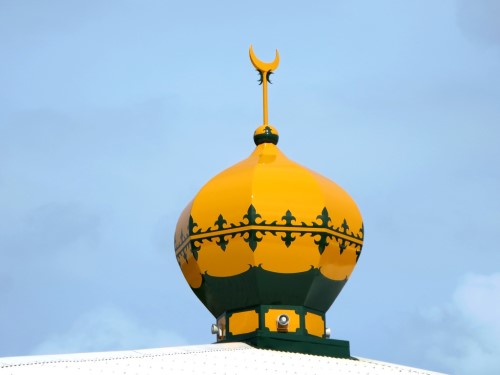
The Color Yellow in Islam
In Islam, the color yellow has a wide range of meaning and symbolism. On a basic level, it is often seen as a color of joy and happiness. In the Quran, yellow is mentioned as the color of Paradise, and it is also used to describe the color of gold and other precious metals. Yellow can also be seen as a color of wisdom and knowledge. In Muslim culture, the color yellow is often associated with Mohammed, who is said to have worn a yellow cloak during his prophetic mission. In addition, many mosques are decorated with yellow tiles or paint, as it is seen as a color of purity and holiness. Overall, the color yellow has a wide range of positive connotations in Islam, making it an important color in Muslim culture.
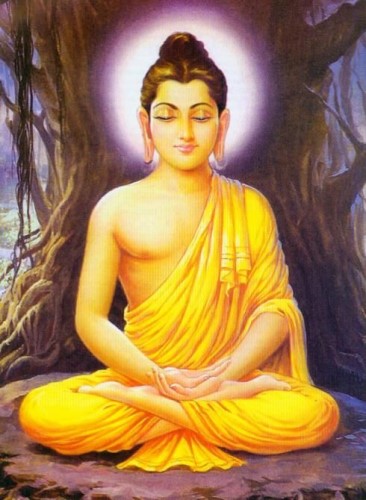
The Color Yellow in Buddhism
In Buddhism, the color yellow is often associated with the color of gold. This is because gold is considered to be a precious metal that is associated with wealth and prosperity. Furthermore, the color yellow is also seen as a symbol of wisdom and enlightenment. In Buddhist texts, the color yellow is often used to represent the color of the mind. The mind is seen as being clear and free from all worldly desires and attachments. As such, the color yellow is seen as a color that represents purity, detachment, and spiritual enlightenment.
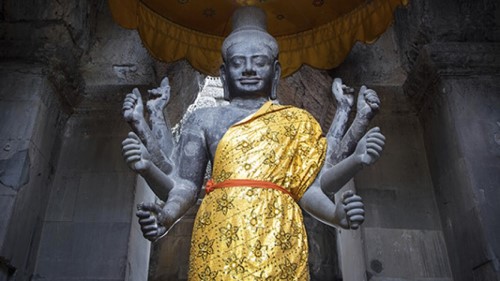
The Color Yellow in Hinduism
In Hinduism, the color yellow is often associated with the sun. The sun is seen as a symbol of life and energy, and yellow is seen as a color that embodies these qualities. Yellow is also associated with the sun god Vishnu, who is often depicted wearing yellow clothing. In addition, the color yellow is often used in puja ceremonies, as it is believed to promote good fortune. Furthermore, many Hindus believe that wearing yellow clothing can help to ward off evil spirits. Therefore, the color yellow plays an important role in Hinduism and is deeply ingrained in the religion’s culture and traditions.
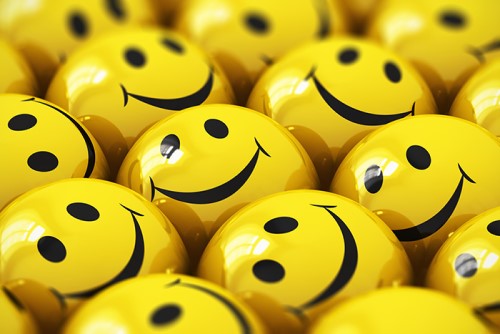
What does the yellow color symbolize?
The color yellow is often associated with feelings of happiness and optimism. In fact, research has shown that yellow can have a positive effect on our mood and emotions. For example, one study found that people who were exposed to yellow experienced increased levels of positive affect and decreased levels of negative affect. Yellow has also been shown to boost self-esteem and increase feelings of hope. In addition, the color yellow has been found to improve memory and cognitive performance. While the color yellow may not be able to cure depression or anxiety, it can certainly help to boost our mood and improve our mental well-being.
Notable Shades of the Color Yellow

Mustard
The color mustard is often associated with the yellow color of the popular condiment. However, the true color of mustard is actually a bit more complex. Mustard ranges in color from a light lemon yellow to a deep golden color, and it can even have a slight greenish tint. The exact shade of mustard depends on the type of mustard seed that is used to make the condiment. For example, brown mustard seeds tend to produce a darker and more robust flavor, while white mustard seeds are more mild. No matter what the color, mustard is a versatile condiment that can add a flavorful punch to any dish.
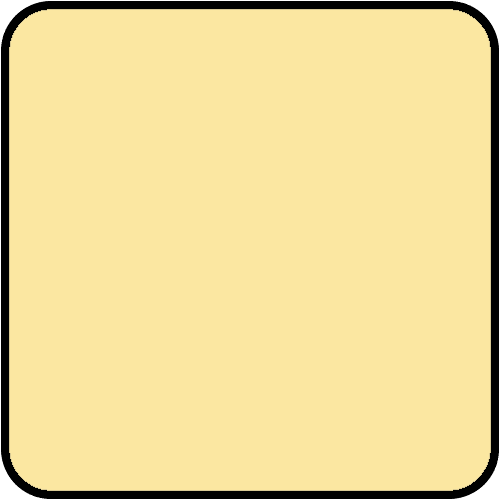
Blonde
Blonde color is a color that is typically associated with the color yellow. While there are variations of blonde color, the color yellow is usually the dominant color. Blonde color is often seen as a color of beauty and is often associated with people who have light-colored hair. The color yellow is also associated with happiness and optimism. Blonde color can be seen as a color of fun and excitement. Blonde color is also associated with the sun and summertime. People who have blonde color are often seen as being warm and friendly. Blonde color is a color that is suitable for any season and any occasion.

Citrine
Citrine is a color that is typically associated with the color yellow. It is named after the Citrus fruit, which is also often yellow in color. Citrine is a color that is often associated with sunshine, happiness, and energy. It is also believed to promote creativity, confidence, and success. Citrine is a versatile color that can be used in a variety of settings and can be combined with other colors to create a variety of different looks. Whether you are looking for a color to add some brightness to your home or office, or you are seeking a color that will help you feel more confident and successful, citrine may be the perfect color for you.

Gold
The color gold is associated with wealth and prosperity. It is also the color of the sun, which is said to be the source of all life. In nature, gold is found in the form of both mineral deposits and delicatefinger-like leaves. The color gold is also often used in art and design, as it can create a feeling of luxury and opulence. When used in clothing, gold usually denotes either a high social status or a special occasion. In cosmetics, the color gold can be used to create a glamorous look. Gold is also a popular color for jewelry, as it symbolizes both beauty and power.

Saffron
Saffron is a color that is often associated with the color yellow. It is a spice that comes from the crocus plant, and it is used to flavor and color food. The color of saffron can range from a light yellow to a deep orange, and it is often used to add color to dishes such as curries and rice. In addition to its culinary uses, saffron has also been used for centuries in medicine and dyes. Today, the color of saffron is still considered to be one of the most valuable colors in the world.

